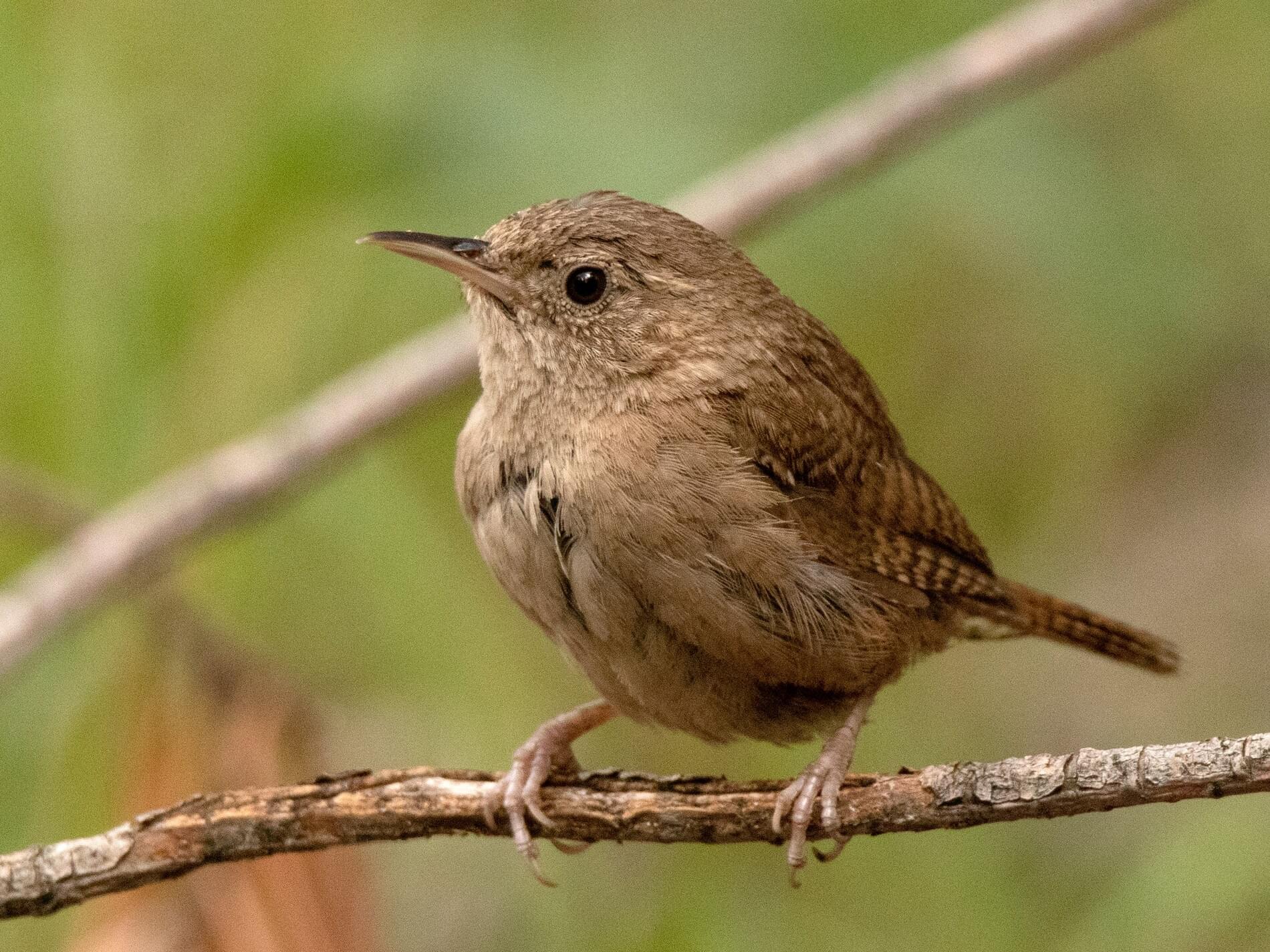Table Of Content

They have short, strong legs, which they use to cling to rocks. Typically, male wrens choose the nesting location and build the nest out of small twigs, grasses, and moss. In the early 1900s, when Althea Sherman began noticing House Wrens nesting in her backyard in Iowa, she was delighted. At one point, there were 10 pairs nesting on the property, each raising at least five chicks a season.
Nesting Material
We all can help these birds by reporting our bird sightings to eBird, the database of the Cornell Lab of Ornithology, which keeps track of bird populations. Conservationists can use this data to help declining species, like the Cactus Wren. Boisterous and curious medium-sized wren with a bold white eyebrow stripe. Plumage varies regionally from rusty-brown in humid regions to gray in drier regions in the U.S. His goal is to inspire you to care more about the birds and wildlife in YOUR backyard. Over the past 5 years, he has been focused on improving the habitat in his own yard by doing things like adding native plants, not using pesticides, etc.
How to Attract Wrens to Your Backyard
The house wren is the virtuoso, but all wrens have voices that will perk your ears up. As implied by its common name, the small, active House Wren is often found near people's homes. This bird's genus name Troglodytes means "hole dweller," and refers to its mouse-like tendency to pop in and out of crevices while foraging and seeking shelter or nesting spots.
Clutch size
Partners in Flight estimates a global breeding population of 190 million. The species rates a 5 out of 20 on the Continental Concern Score, indicating a species of low conservation concern. We've made this site to make it easier to learn everything you need to know about your favorite songbird species. Our mission is to educate people about songbirds and provide the best resources to help them identify them and contribute to conservation efforts. Cardinals are beautiful and colorful birds that are often attracted to bird feeders. By providing the right type of feeder, offering their favorite seeds, and creating a welcoming environment, you...
Breeding range
The male House Wren builds a bulky domed nest usually within a cavity, crag, or hidden space. Males may make several “dummy nests” and allow females to choose the one they will actually lay eggs into. Despite their small size, House Wrens can be fierce competitors for nest sites, sometimes evicting a larger species and claiming its cavity. Even though house wrens don’t stop at feeders, they are still a common backyard bird because they’re cavity nesters.
Habitat
Nobody knows exactly how much territory a male HOWR will defend, although some have speculated about one acre. These birds are monogamous, but they change partners almost every season. Males defend and mark their territory by singing, putting on a display, and chasing and attacking. House Wren eggs are small white, pink-white, or grayish in color and speckled with brown. The female lays 3-10, mostly 6-7 eggs in a clutch and incubates them for around days. They leave the nest in about days and reach independence after another two weeks.
Species in This Family
Look for these wrens foraging for insects in low tree branches, shrubs and brush piles in backyards, parks and open woods. The more places there are for insects to hide, the better the habitat is for house wrens. Opt for peanuts, dried berries, or even a mealworm suet feeder to attract Carolina wrens or house wrens. These unique songbirds often prefer more protein-rich foods, which especially help them in the cooler months. While traditional birdseed composed of sunflower seeds and cracked corn works in a pinch, it’s not their favorite.
Similar Species

Their babies usually stay in the nest for less than 3 weeks before fledging. Once they have left, the parents begin preparing the nest for the next brood of babies, as they typically have two to three broods per season. Wrens typically lay 5 to 8 eggs at a time, and they will have two, sometimes three, broods each year.

Wren Nesting Habits Explained!
Regardless of the wren species, these birds don’t create their own nest hollows as woodpeckers do. Instead, they rely on those already provided by nature or other animals. Most bird eggs can be “heard” beginning to make bird noises shortly before the babies hatch. At this time, the baby bird is fully formed and has begun to chirp. Nests in nest boxes, old woodpecker nests, natural crevices, and other cavities.
Birds from St. Vincent are whitish below with rich rufous upperparts and darker wings. House Wrens are good to have around if you like bubbly and vibrant chattering songs. House Wrens are friendly with humans but may be rather aggressive with other birds. A bit smaller in size, Winter Wrens are not as commonly seen as House Wrens. During the winter, they move to habitats that offer more cover, such as places with dense low growth, thickets, riparian forests, and brushes. Living a bird-friendly life can have an immediate impact on migratory birds in the United States.
Sparkling red bird eggs - India Today NE
Sparkling red bird eggs.
Posted: Thu, 31 Aug 2023 07:00:00 GMT [source]
The most common food you will see them eating is suet, but shelled sunflower seeds, peanuts, and mealworms are also consumed. Wrens are incredible birds and they inhabit many different habitats. Even though they are small, wrens are incredibly bold and don’t back down to other species that are much larger than them.














